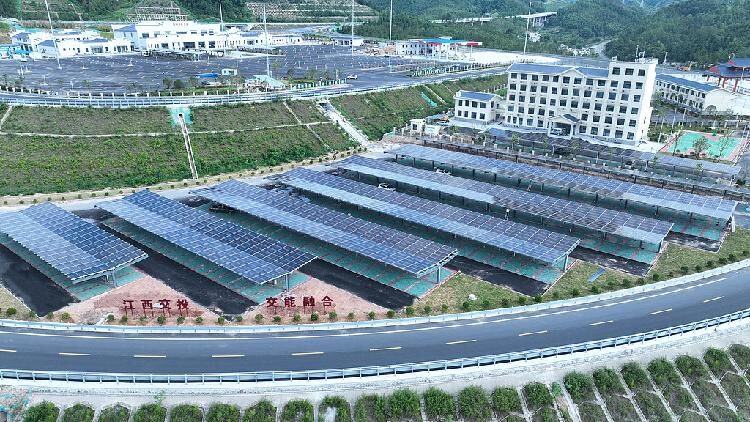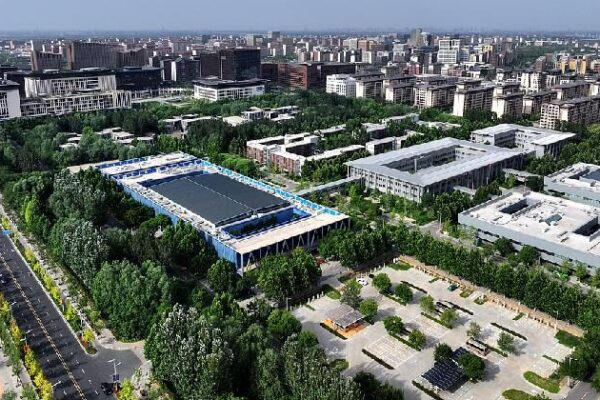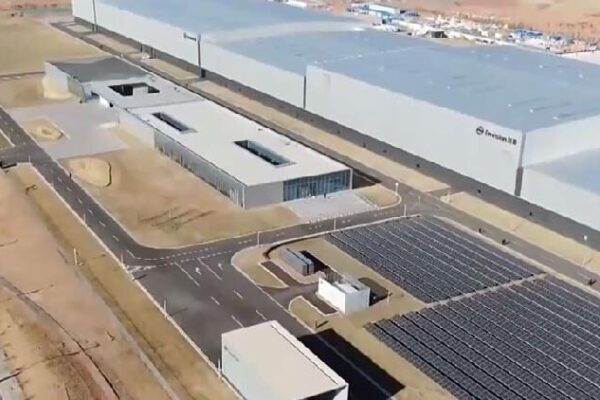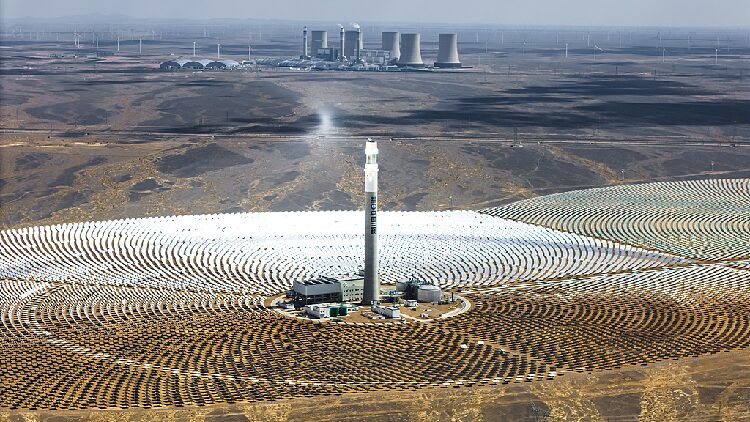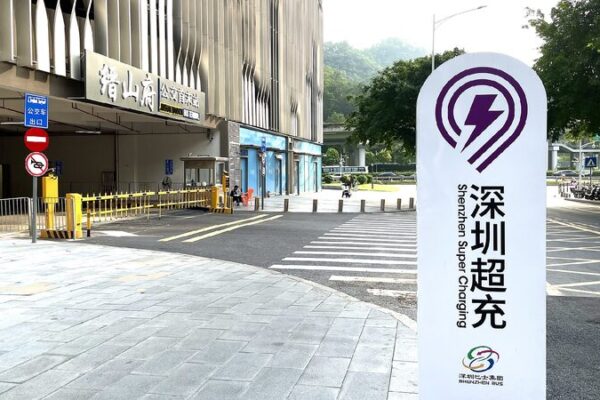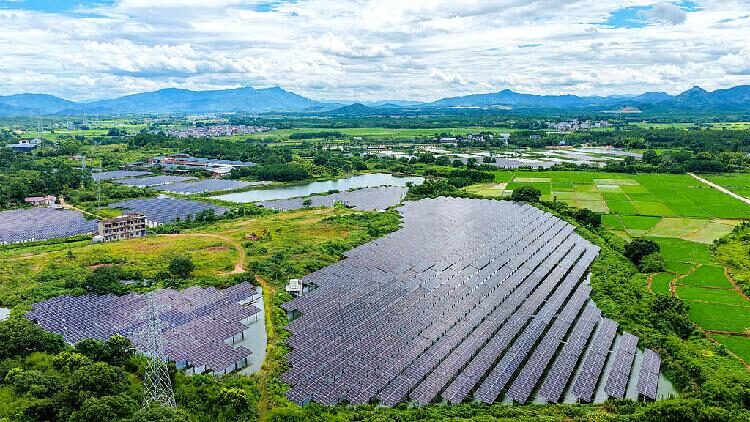Building a zero-carbon park is a significant step toward a sustainable future, addressing the urgent need to combat climate change. By focusing on key areas such as renewable energy, sustainable industry practices, eco-friendly transportation, efficient infrastructure, digital technologies, and carbon removal methods, zero-carbon parks aim to achieve comprehensive sustainability.
Embracing Renewable Energy
The foundation of a zero-carbon park lies in transitioning to renewable energy sources like solar and wind power, coupled with energy storage systems. Implementing a smart energy management system ensures efficient production, distribution, and consumption of energy. The goal is to have renewable energy account for at least 70% of the park’s energy consumption, significantly reducing reliance on fossil fuels and minimizing carbon emissions.
Adopting Sustainable Industrial Practices
Industries within the park must shift to low-carbon, high-efficiency technologies. This involves using energy-efficient equipment and prioritizing low-carbon materials in manufacturing processes. Embracing a circular economy by reusing materials and minimizing waste not only reduces the overall carbon footprint but also maintains economic value.
Decarbonizing Transportation
Transforming the transportation system is crucial. The park should implement a comprehensive transportation network that relies on electric vehicles (EVs) for public transit and logistics. By ensuring that EVs and charging infrastructure cover at least 80% of transportation needs, the park can significantly cut emissions from traditional fuel-based vehicles.
Building Eco-Friendly Structures
Zero-carbon construction focuses on creating energy-efficient buildings that minimize carbon emissions throughout their lifecycle. Sustainable infrastructure extends to eco-friendly systems for waste management, water treatment, and public utilities, enhancing the park’s overall environmental performance.
Integrating Smart Technologies and Carbon Capture
Digital technologies play a vital role in monitoring and optimizing energy use within the park. Implementing smart grids and IoT devices helps in real-time energy management. Additionally, investing in carbon removal technologies, such as carbon capture and storage (CCS), actively reduces the environmental impact by removing excess carbon dioxide from the atmosphere.
By focusing on these key areas, zero-carbon parks can significantly reduce their environmental impact, serving as a blueprint for sustainable development and helping to build a greener future for all.
Reference(s):
How to build a zero-carbon park? Key steps to carbon neutrality
cgtn.com

